Have you ever been pushed off your line in a big rapid and realized that no matter what you do, you’re about to end up in a terminal hole?
The new Trump administration’s tariff threats are like that. From river level, we can’t tell yet exactly what is about to happen. All we know is it could be bad. Really bad.
Then again, we’ve all been headed for a certain thrashing only to have the river push us out of harm’s way with the same uncaring ease it put us there in the first place. That could still happen too.
As this article goes to press, some 24 hours ahead of Trump’s threatened February 1 start of 25 percent tariffs on Canadian and Mexican imports and a further 10 percent levy on Chinese goods, we still don’t know whether our industry is headed for an epic beatdown, or just a good scare.
We’re in the life-flashes-before-our-eyes stage. So imagine this analysis is condensed into that weightless half-second when the river takes you in its grip and you can only guess what the next half-second will bring. Here we go.
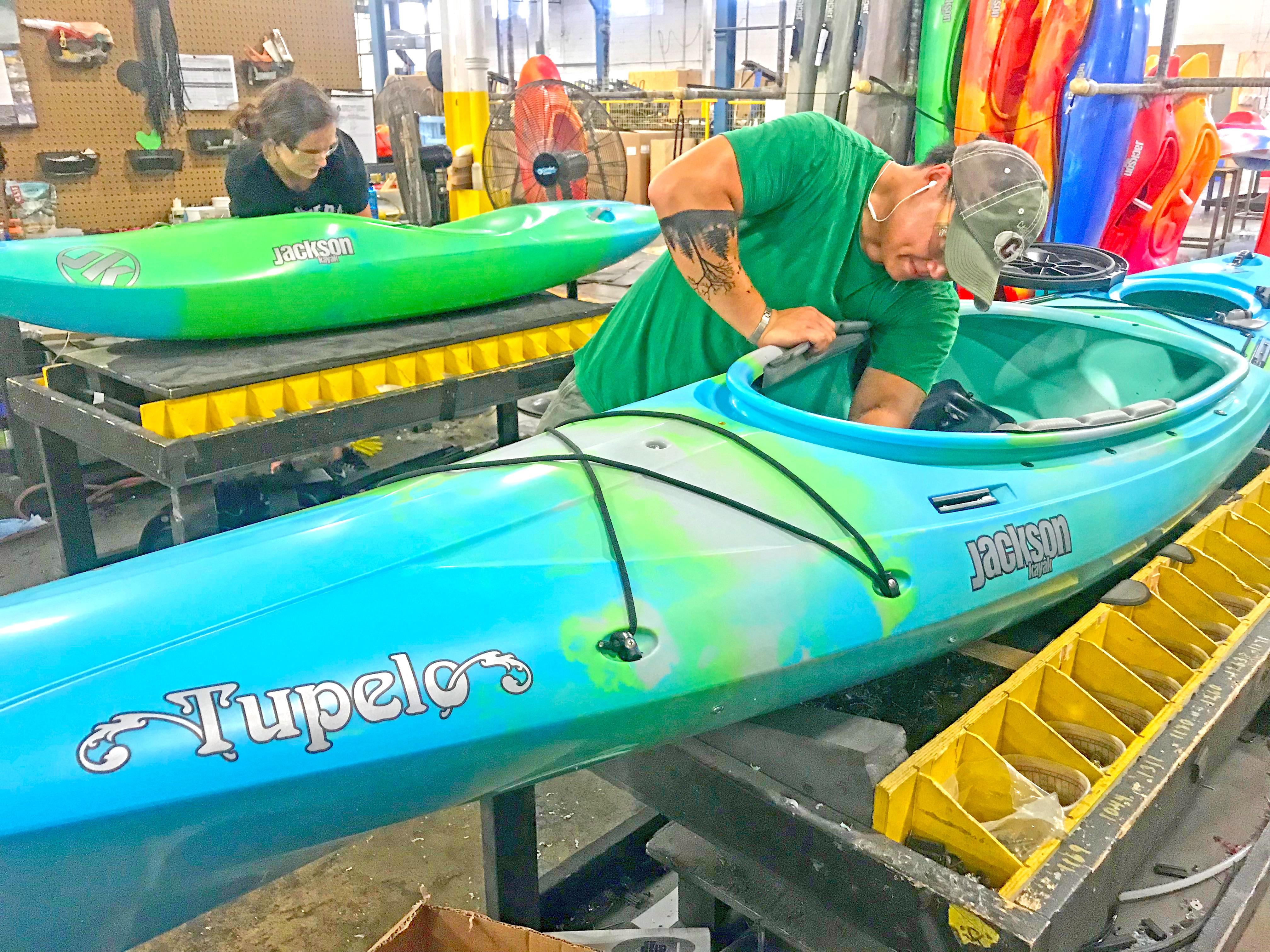
How tariffs have already impacted paddling manufacturers
The industry has never faced a tariff challenge exactly like President Trump is threatening, with Canada, Mexico and China tariffs stacked on top of each other. But how could we forget the tariffs enacted in his first administration (many of which remain in effect) or the pandemic supply chain upheaval we’ve just been through?
Before 2018, most paddlesports manufacturers and importers could be forgiven for thinking of tariffs as a 19th-century anachronism, if they thought about them at all. Then the first Trump administration brought them back with profound effects on paddlesports businesses, no matter where they make and sell their products. Goods imported into the United States from China suddenly faced tariffs of 10 to 25 percent in addition to whatever levies already were in place. For inflatable kayaks and SUPs from China the import duty added up to 27.5 percent. This for a class of products that isn’t even produced in the United States.
“The last time that Trump was in office all of our European business was killed with a 25 percent tariff,” says Jackson sales director Colin Kemp.
Meanwhile, U.S.-based manufacturers took fire from Canada and the European Union, which responded to Trump’s steel and aluminum tariffs with retaliatory levies on a host of products, including kayaks and canoes. While companies that make paddlecraft in the United States gained a theoretical edge on overseas competitors, in many cases it was offset by retaliatory tariffs on their exports to Canada (10 percent) and Europe (25 percent).
That’s what happened in 2018 to Jackson Kayak, which molds boats in Middle Tennessee. “The last time that Trump was in office all of our European business was killed with a 25 percent tariff,” says Jackson sales director Colin Kemp. “This time around, everything was campaigned on helping U.S. manufacturers, but if it follows suit from last time it will not be good for our business.”
On the heels of a volatile half-decade in the outdoors
While a 2019 armistice ended hostilities on the Canadian and European fronts, Trump’s trade war with China raged on. Even after he left the White House in early 2021 the Biden administration kept many tariffs in place. The trade war was still simmering in the background when a new, even bigger shock hit the industry. The COVID-19 pandemic shut down the global supply chain, just as governments flooded the zone with disposable income and limited recreational options to little more than hiking, sex, Netflix—and paddling.
The paddlesports industry soared to spectacular heights, and just as suddenly crashed back to earth. It’s as if we skirted the tariff sieve, plugged the pandemic hole and floated calmly under a double rainbow—then tried to high-five too hard, flipped, and swam.
That, to clarify the metaphor, is what happened when cash-flush paddlesports retailers ordered too much product, and manufacturers filled their warehouses to the rafters with new boats and gear. Inventory peaked just as demand waned. Meanwhile the central banks raised interest rates to 20-year highs to rein in inflation caused by the stimulus, which made the cost of holding all that product even more onerous.
It’s been quite a ride. So what now?
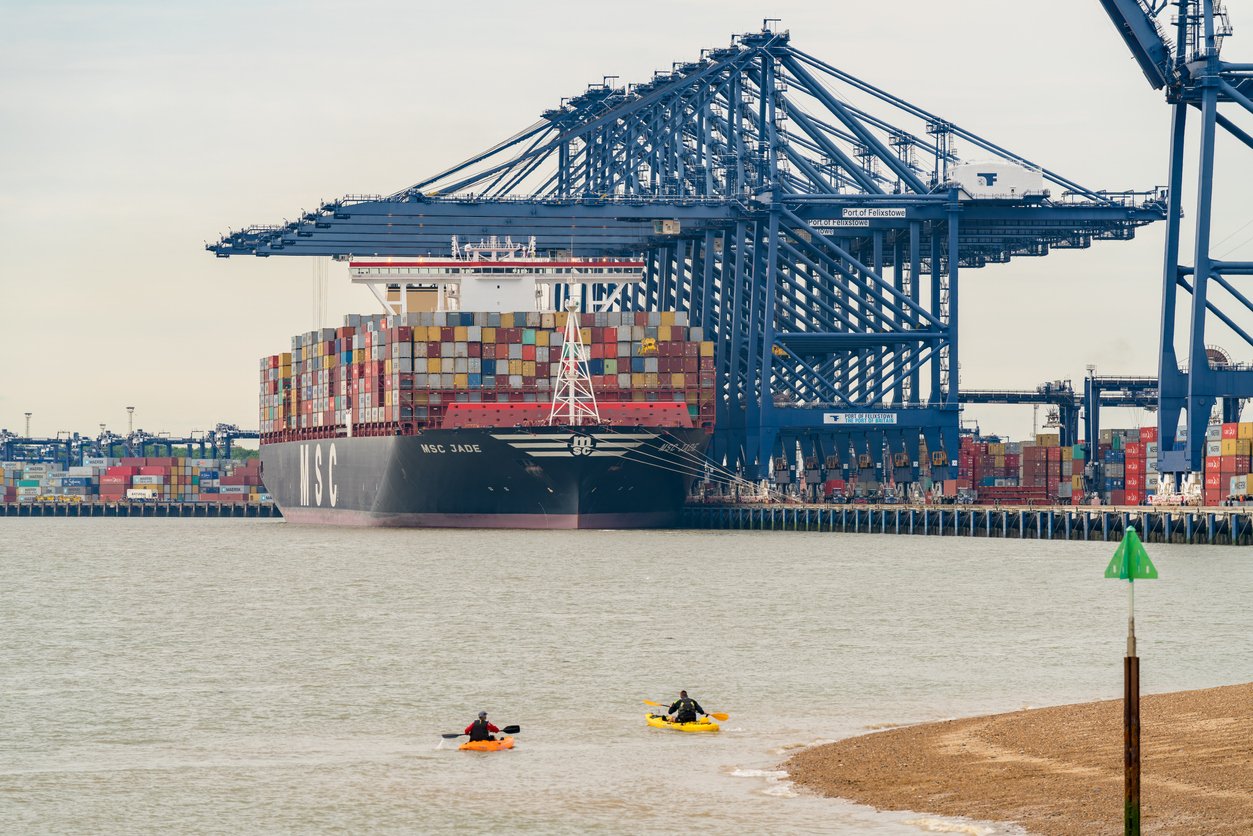
Bonfire of trade policy or art of the deal?
The answer depends on whether Trump follows through on his tariff threats. Reporting from Politico suggests the president’s advisers are lining up into two camps. One faction, led by Trump’s U.S. Trade Representative nominee Jamieson Greer, his senior counselor for trade and manufacturing Peter Navarro, and deputy chief of staff Stephen Miller, supports an immediate strategy of aggressive across-the-board tariffs. The other, headed by freshly confirmed Treasury Secretary Scott Bessent and Kevin Hasset, the president’s pick to lead the National Economic Council, is counseling a more measured policy of targeted tariffs.
There’s a school of thought that Trump’s talk of new tariffs is designed to set the stage for a grand bargain with America’s biggest trading partners.
If the hardliners get their way, the announcement of a 25 percent tariff on all imports from Canada and Mexico will come as soon as February 1. If cooler heads prevail, a more nuanced tariff plan could be announced later in the spring. Either way, White House officials insist that tariffs are coming. No one close to the president will admit to reporters that he is bluffing, either on or off the record.
Wall Street has the opposite opinion. The quants at Goldman Sachs said last week there’s only a 20 percent chance that Trump would impose tariffs tomorrow. There’s a school of thought that Trump’s talk of new tariffs is just that—talk designed to set the stage for a grand bargain with America’s three biggest trading partners. Trump wants different things from each of these partners, which may give some insight into whether he’ll follow through on his tariff threats, and if so, how long those tariffs are likely to stay in place.
The argument for tariffs on Chinese imports is to reduce the persistent U.S. trade deficit with that country. Neither that trade imbalance nor Trump’s policy toward it seems likely to change. Mexico, and to a lesser extent Canada, is a different kettle of fish. Trump’s stated reason for those tariffs, at least initially, is to compel Mexico and Canada to curb the flow of immigrants and fentanyl into the United States.
“This is a separate tariff to create action from Mexico and action from Canada,” incoming Commerce Secretary Howard Lutnick said during his confirmation hearing January 29. “As far as I know, they are acting swiftly, and if they execute it, there will be no tariff.”
Canada, at least, is acting both quickly and strategically. According to a CBC report, Canadian officials on Wednesday sent video to Trump administration officials depicting a crackdown on the northern border, the hope being that video—including footage of helicopters flying border enforcement missions in “typically Canadian” snowy terrain—would be easier for the president to digest than weighty written reports.
Lutnick said the Commerce Department under his leadership would scour the globe looking for unfair trade practices and demand they be changed, with the threat of targeted tariffs used to address those perceived imbalances. The department’s study is due in April.
This suggests tariffs could hit Mexico and Canada with a one-two punch. First would be broad tariffs tied to border security, and second would be a more targeted and potentially long-lived tariff policy designed to improve the U.S. position relative to its two biggest trading partners.
Reading rough waters ahead
Trump is reportedly pushing changes to the United States-Mexico-Canada Agreement (USMCA) to encourage more U.S. manufacturing. When the USMCA superseded NAFTA during Trump’s first administration, he hailed it as a great victory brought about, in part, by his tariff policy. With those tariffs rolled back and a freshly inked free trade agreement, Mexico in 2020 looked like a safe place for American companies to produce paddlecraft.
Eddyline Kayaks CEO Scott Holley moved production to Mexico from Washington in 2021. Hobie made a similar move post-pandemic, opening a new factory across the border from its longtime headquarters in Southern California.
In such times, it’s good to have a sense of humor. “‘It seemed like a good idea at the time’ is probably going to be the title of my autobiography,” says Holley, who believes an extended trade war with Mexico is unlikely.
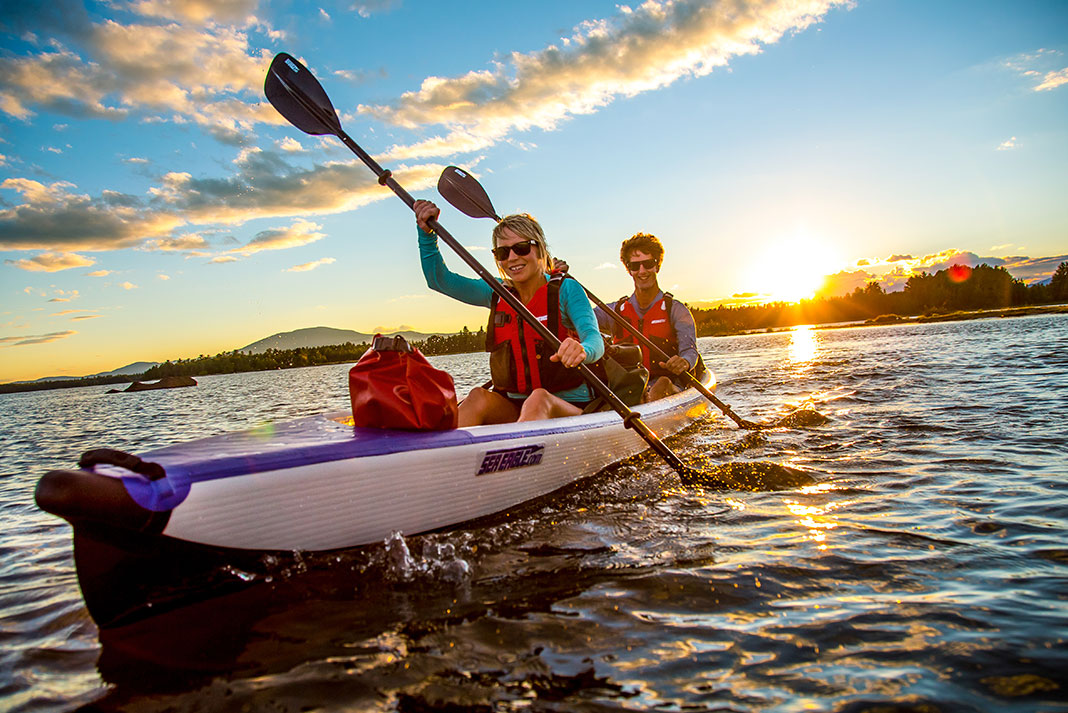
“I feel pretty confident at least in the case of Mexico that the goal is to bring them to the bargaining table to be supportive of the border and immigration priorities, not necessarily to start a trade war,” he says. “With China it’s different. I don’t see a grand bargain happening there. The Chinese tariffs survived Trump One into Biden and I think will continue apace and grow in Trump Two.”
Sea Eagle partner John Hoge shares that view. Since the last round of China tariffs took effect in 2018, Sea Eagle has shifted the bulk of its drop-stitch inflatable kayak and SUP production from China to Vietnam. As a result Hoge says the company is now better positioned to weather a new round of tariffs on Chinese goods than many of its competitors. He’s also built up his inventory since the election—an exercise he began almost as soon as he’d cleared the post-pandemic surplus from his warehouses.
“We’re well stocked,” he says, “but uncertainty is bad for business, no matter who is in office.”
During the last round of Trump tariffs, Hoge was able to carve out exemptions for the specific type of boats, boards and paddles he imports from China. To do so he leaned on the National Marine Manufacturing Association (NMMA), an industry group made up primarily of motorboat and engine companies. The NMMA brought lobbying muscle to the tariff question beyond anything that Sea Eagle or the paddling industry could muster. At the time, there was no active paddling industry organization. The new Paddlesports Trade Coalition (PTC) now provides a framework for industry cooperation, though it lacks the critical mass to command the attention of policymakers.
“The fact of the matter is that our industry is not large enough to have any type of impact as it relates to policy,” says Holley, who served as vice-chair of the PTC interim board in 2023. “That being said, we have had a voice at the table. [PTC board member] Brian Vincent and [PTC Executive Director] Jeff Turner are very involved with Outdoor Recreation Roundtable, which has been talking extensively on behalf of the entire outdoor recreation industry about the costs of tariffs.”
“There’s not a path forward for companies in our space to get tariffed at 25 percent,” Holley says. “But there’s also not a path towards viability for the 85 percent of light trucks purchased in the U.S. that are produced in Mexico.
The outdoor industry joins a chorus of voices warning of the dangers tariffs pose to U.S. business, none louder than the Big Three automakers. The North American automobile supply chain is firmly ingrained in Mexico, Canada and the United States, meaning the price of a new car assembled in the U.S. could increase by $2,500 if the threatened tariffs are implemented, and prices for vehicles assembled in Mexico and Canada—which account for about 23 percent of vehicles sold in the U.S.—could rise as much as $10,000, according to a Wells Fargo estimate. Naturally, calls from Detroit to Washington are burning up the lines.
“There’s not a path forward for companies in our space to get tariffed at 25 percent,” Holley says. “But there’s also not a path towards viability for the 85 percent of light trucks purchased in the U.S. that are produced in Mexico. You go down that thought exercise and you quickly realize that I don’t have to call Washington and say my business is being killed because of 25 percent tariffs. I’ll let Ford and GM make those calls.”
Tariffs, if they stay for any amount of time, are likely to accelerate consolidation in paddlesports. “It’s going to be a wild ride with the state of our industry on the heels of COVID,” Kemp says. If the post-pandemic glut has taught us anything it’s that the industry is seriously overcapacity. Coming out of a very lean year many companies lack the cash to weather another shock. Hobie, with its fresh new factory in Baja California, was already courting buyers before Trump’s talk of new tariffs grabbed headlines.
—On February 1, 2025, U.S. President Trump signed an executive order declaring 25% tariffs on imports from Canada and Mexico, and a 10% increase on imports from China. The Canadian government responded with a 25% tariff on U.S. imports. These tariff implementations have since been paused. Meanwhile, the U.S. declared a 25% tariff on steel and aluminum imported from all countries.
Feature photo: iStock/BerndBrueggemann
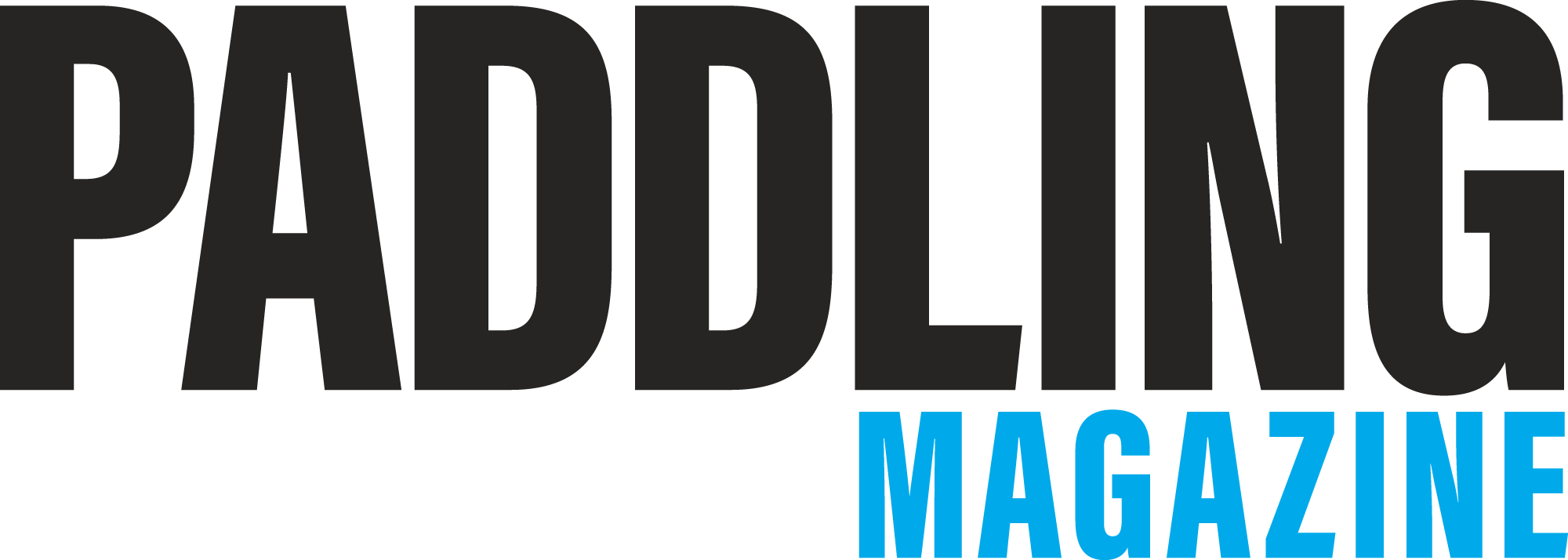

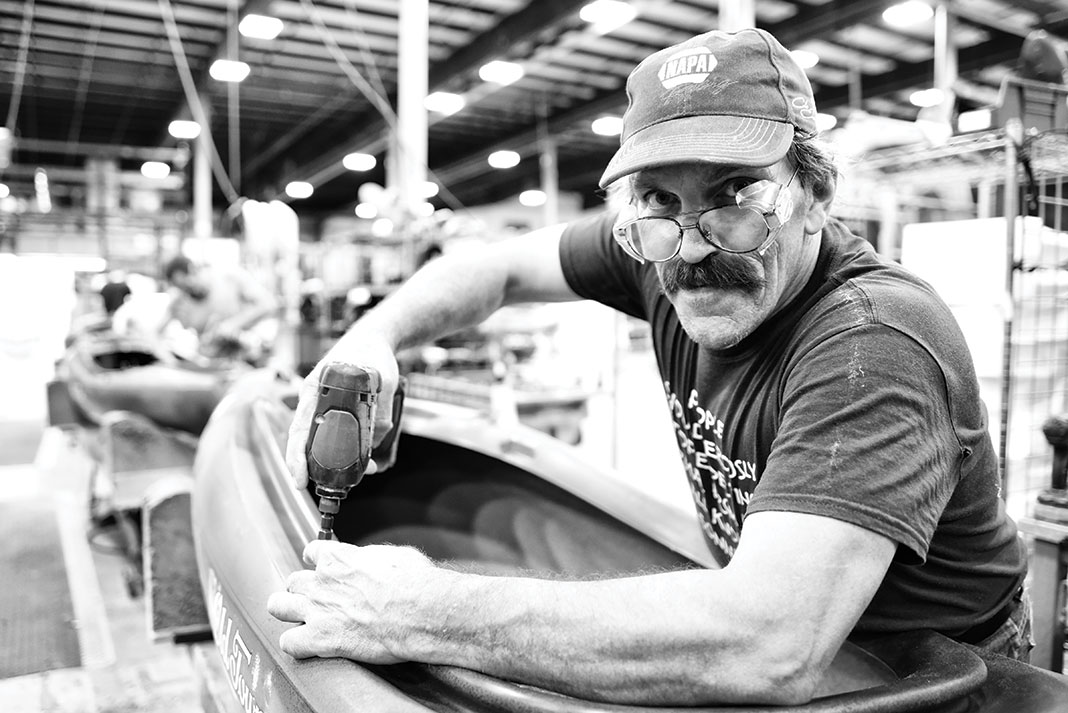
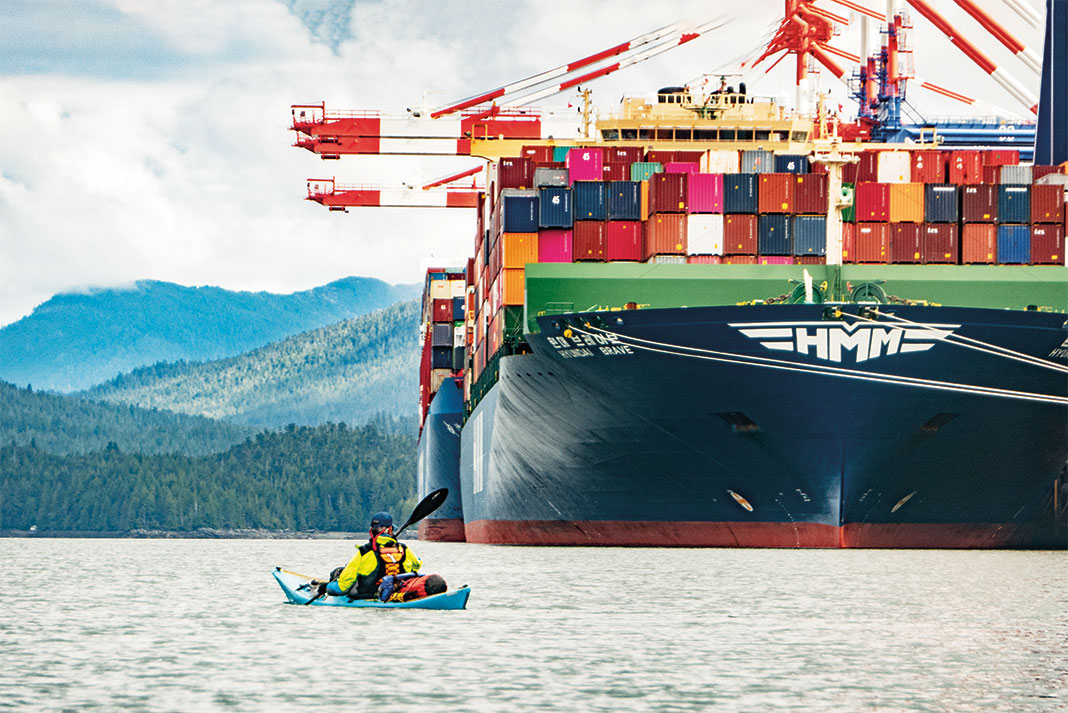






Great breakdown, thank you. Hilarious to see so many clearly MAGA business owners who genuinely believe this is some ‘art of a deal’ rather than the lashings of a frankly fascist psycopath intent on disabling everything good about the American government.